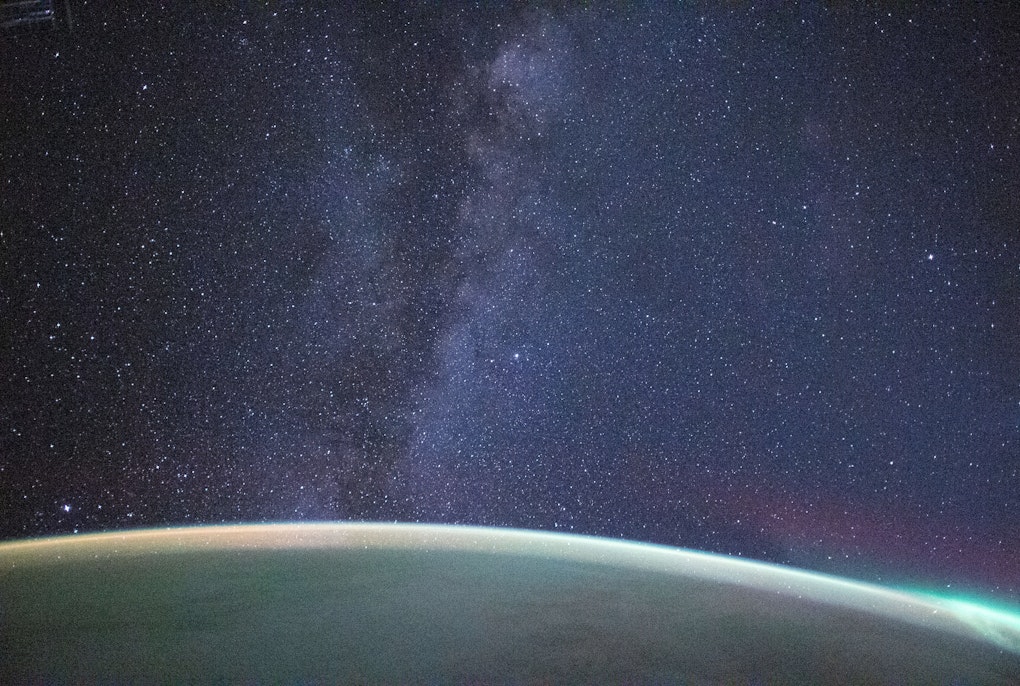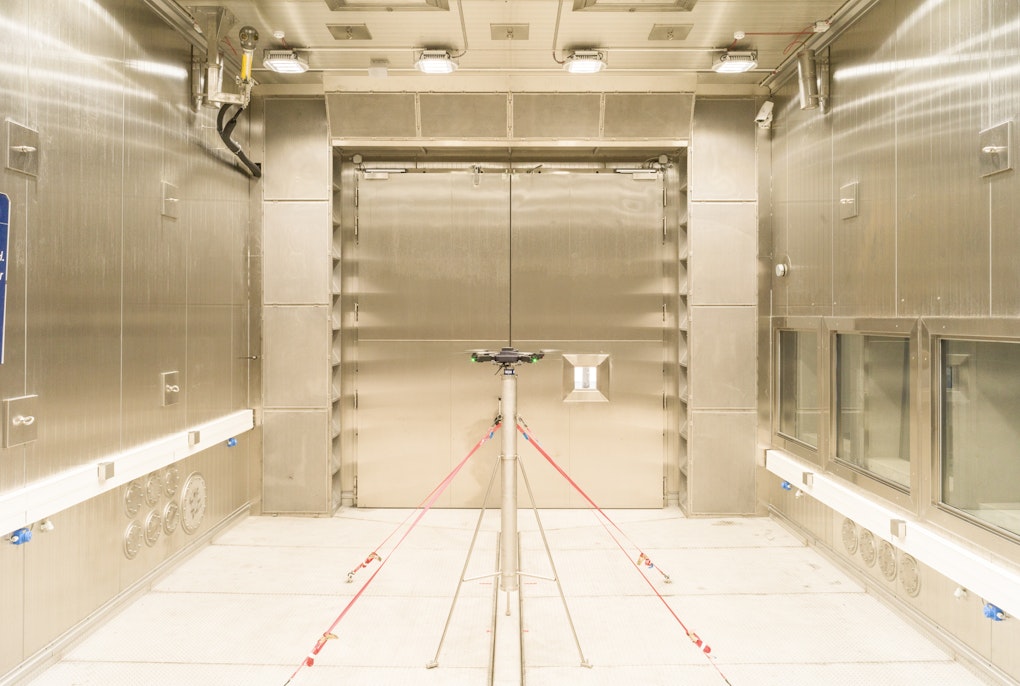Institutes & Centers
Institute for Earth Observation
Institute for Earth Observation
- Deutsch
- English
- Italiano
In recent decades, the vulnerability of mountainous regions to extreme events has become evident, due to the impacts of phenomena like glacier melt, storms, and droughts, whose frequency and intensity have risen. At the Institute for Earth Observation, we monitor the environmental dynamics of the Earth’s surface in the mountains aiming to understand changes, investigate their causes, and support the involved communities.
1 - 8








Facts
& Figures
34
Staff members
14 with a PhD degree
32
Ongoing projects
22 with international partners
14
Journal publications
44
Presentations at scientific conferences
Data refer to the last issue of the Activity Report. See all Facts & Figures.
Research Groups
1 - 3
News & Events
1 - 6









